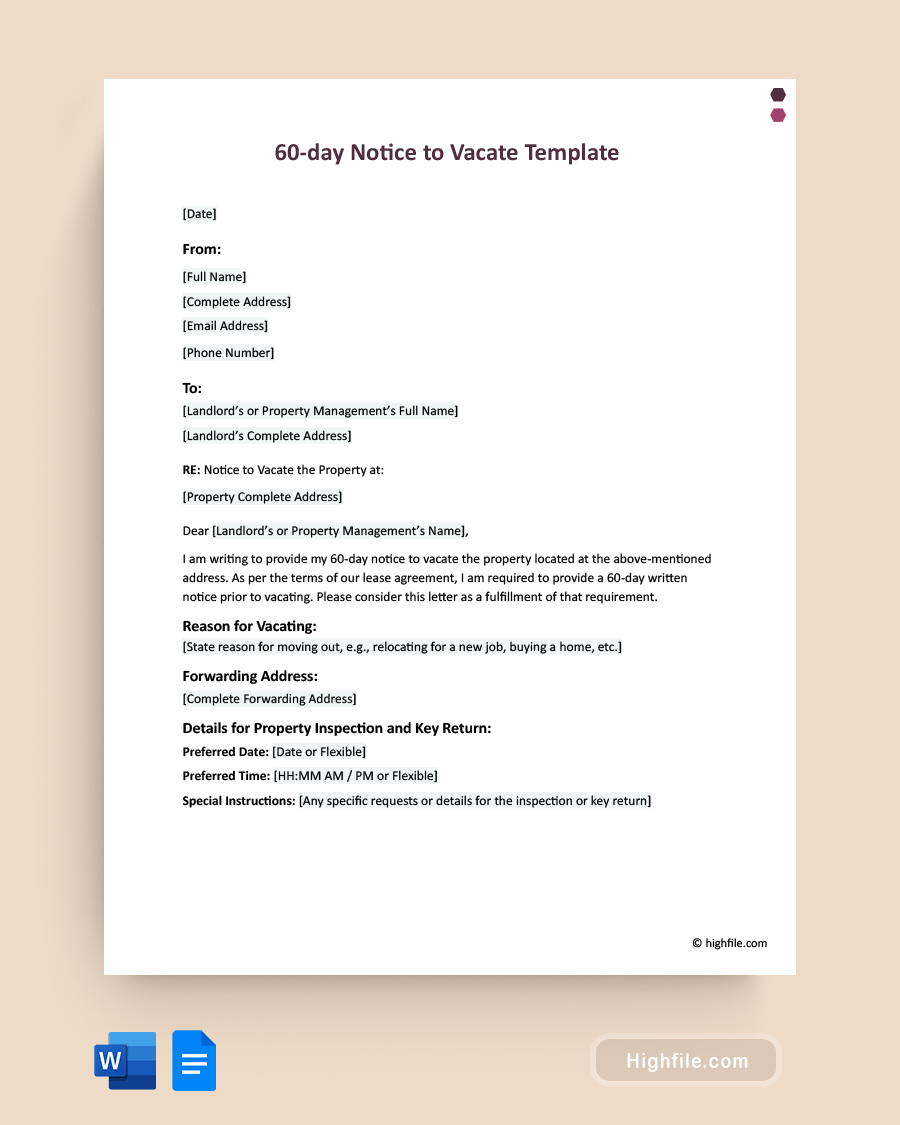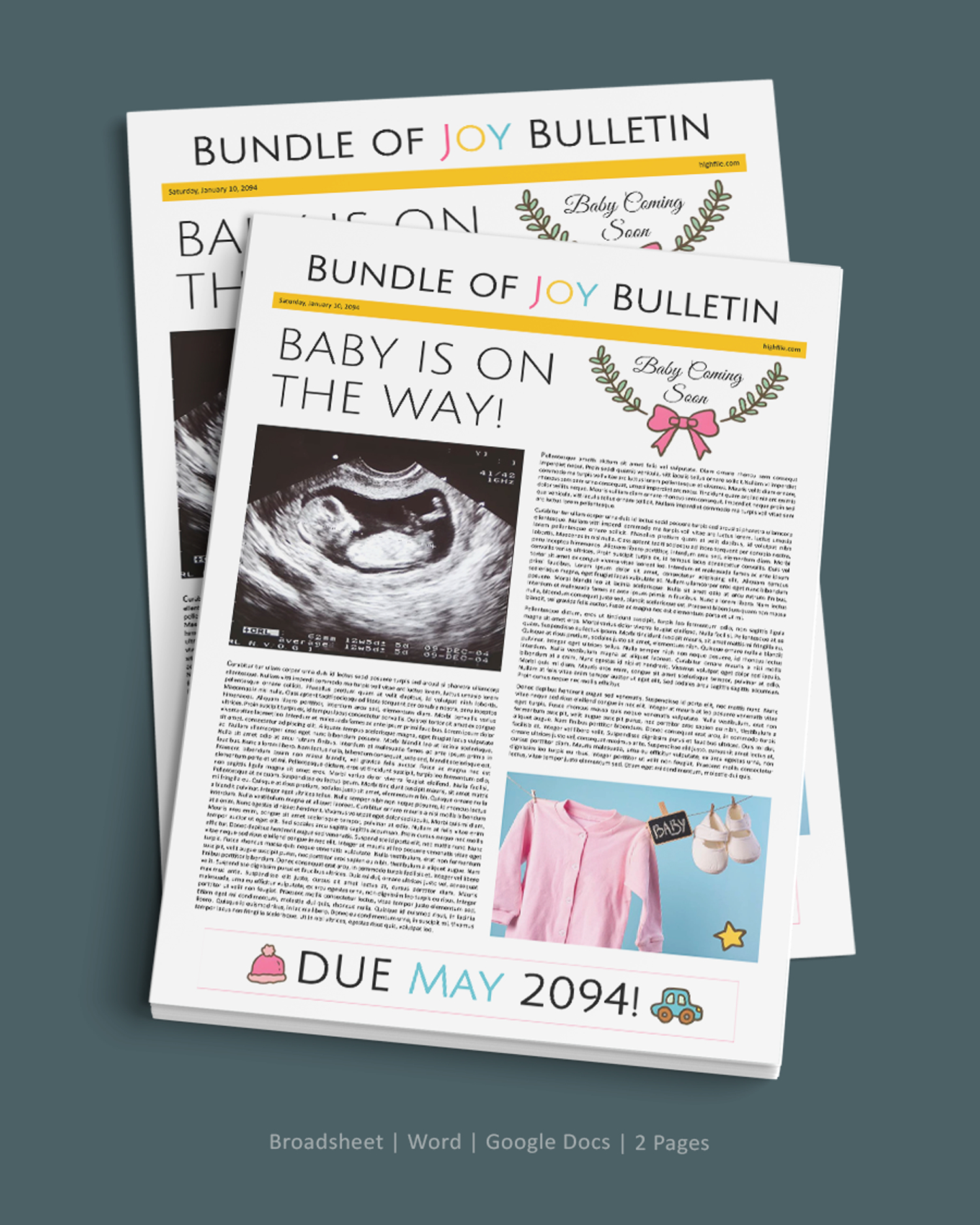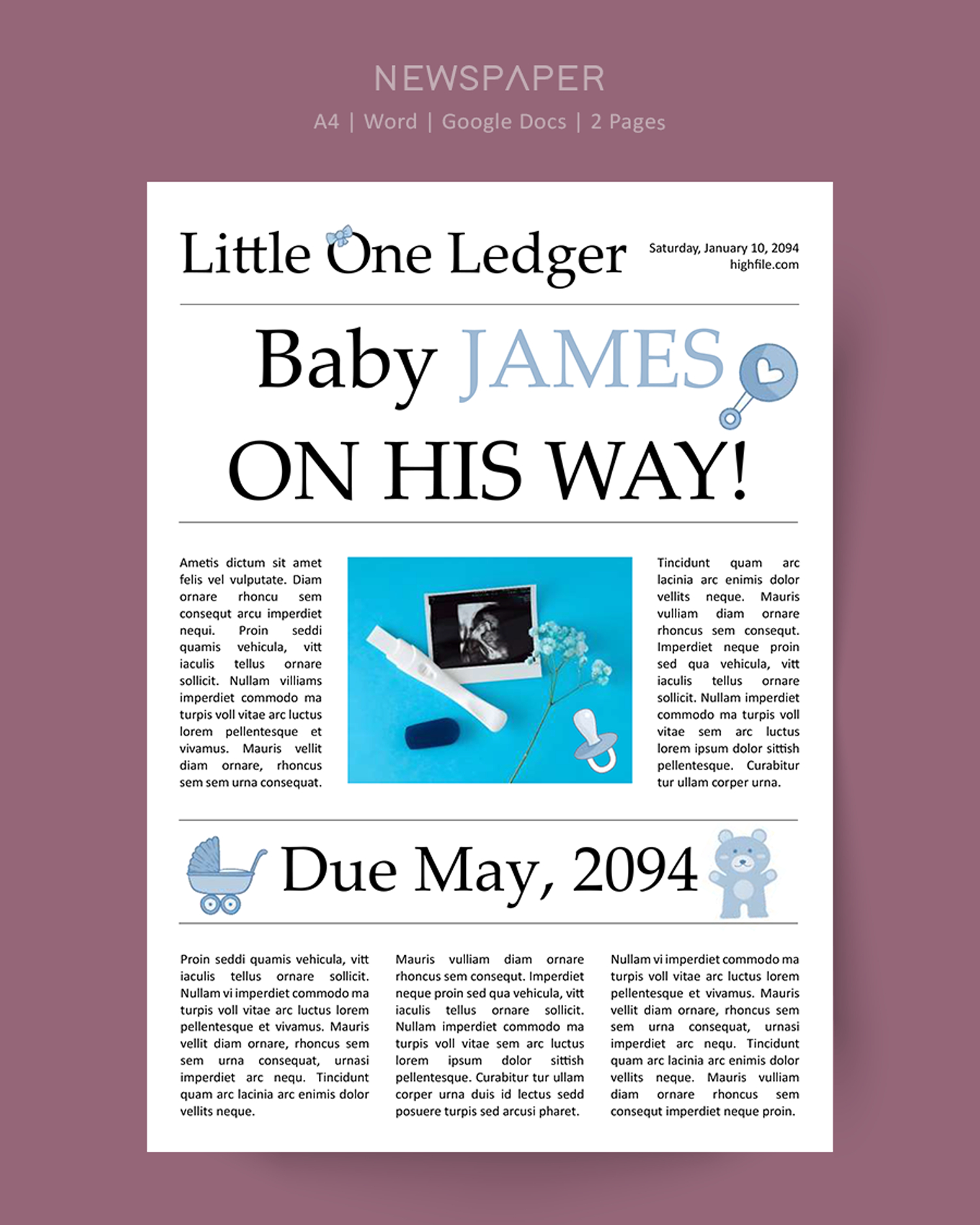Contents of the Template:
- Date of Notice: Allows users to specify when the notice was generated and sent.
- Tenant and Landlord Details: Spaces dedicated to personal and contact information for both parties.
- Property Address: Clear section for the address of the property in question.
- Reason for Vacating: A dedicated area to describe the reason for moving out.
- Forwarding Address: For any future correspondence or return of security deposits.
- Utilities and Services Information: Helps in tracking which utilities/services need to be disconnected or transferred.
- Additional Notes/Requests: For any extra information or agreements made between tenant and landlord.
- Attachments: An option to include supplementary documents or photos.
- Acknowledgment of Receipt: A section for the landlord to confirm receipt of the notice.
Why Use This Template:
- Ease of Use: User-friendly layout ensures all necessary details are captured without hassle.
- Clarity: Distinct sections and clear labeling ensure both tenant and landlord understand the notice fully.
- Compatibility: Available in both Word and Google Docs, making it accessible for various users.
- Professionalism: Designed to maintain a professional tone, fostering good tenant-landlord relations.
Ideal For:
- Ending of Fixed-Term Leases: When the end date of a lease is approaching and the tenant does not wish to renew.
- Relocation: For tenants who are moving to a different city or state.
- Property Purchase: When a tenant decides to buy a home and needs to end their current lease.
- Changing Living Situations: Such as moving in with a partner, upsizing, or downsizing.
- Legal Requirements: In areas where a 60-day notice is mandated by law before vacating a property.






